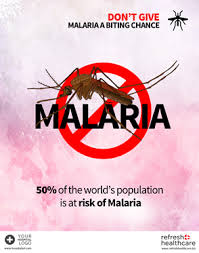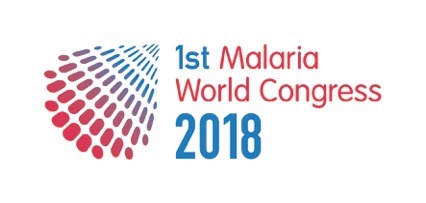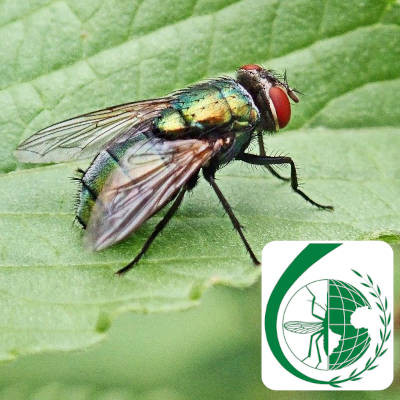 World Malaria Day gives people the chance to promote or learn about the efforts made to prevent and reduce Malaria around the world. It is observed on April 25 each year.
World Malaria Day gives people the chance to promote or learn about the efforts made to prevent and reduce Malaria around the world. It is observed on April 25 each year.
Good healthcare is important to prevent and treat diseases such as Malaria. Good healthcare is important to prevent and treat diseases such as Malaria.
Background
Malaria is a life-threatening disease caused by parasites that are transmitted to people through the bites of infected mosquitoes. About half of the worlds’ population is at risk of malaria, particularly those in lower-income countries. It infects more than 500 million people each year and kills more than one million people, according to WHO. However, Malaria is preventable and curable.
 The World Health Assembly instituted World Malaria Day in May 2007. The purpose of the event is to give countries in affected regions the chance to learn from each other’s experiences and support one another’s efforts. World Malaria Day also enables new donors to join in a global partnership against malaria, and for research and academic institutions to reveal scientific advances to the public. The day also gives international partners, companies and foundations a chance to showcase their efforts and reflect on how to scale up what has worked.
The World Health Assembly instituted World Malaria Day in May 2007. The purpose of the event is to give countries in affected regions the chance to learn from each other’s experiences and support one another’s efforts. World Malaria Day also enables new donors to join in a global partnership against malaria, and for research and academic institutions to reveal scientific advances to the public. The day also gives international partners, companies and foundations a chance to showcase their efforts and reflect on how to scale up what has worked.
Source: Text: TimeAndDate.com Images: MalariaWorld refreshhealthcare.biz

 World Malaria Day gives people the chance to promote or learn about the efforts made to prevent and reduce Malaria around the world. It is observed on April 25 each year.
World Malaria Day gives people the chance to promote or learn about the efforts made to prevent and reduce Malaria around the world. It is observed on April 25 each year. The World Health Assembly instituted World Malaria Day in May 2007. The purpose of the event is to give countries in affected regions the chance to learn from each other’s experiences and support one another’s efforts. World Malaria Day also enables new donors to join in a global partnership against malaria, and for research and academic institutions to reveal scientific advances to the public. The day also gives international partners, companies and foundations a chance to showcase their efforts and reflect on how to scale up what has worked.
The World Health Assembly instituted World Malaria Day in May 2007. The purpose of the event is to give countries in affected regions the chance to learn from each other’s experiences and support one another’s efforts. World Malaria Day also enables new donors to join in a global partnership against malaria, and for research and academic institutions to reveal scientific advances to the public. The day also gives international partners, companies and foundations a chance to showcase their efforts and reflect on how to scale up what has worked.  each year.
each year.